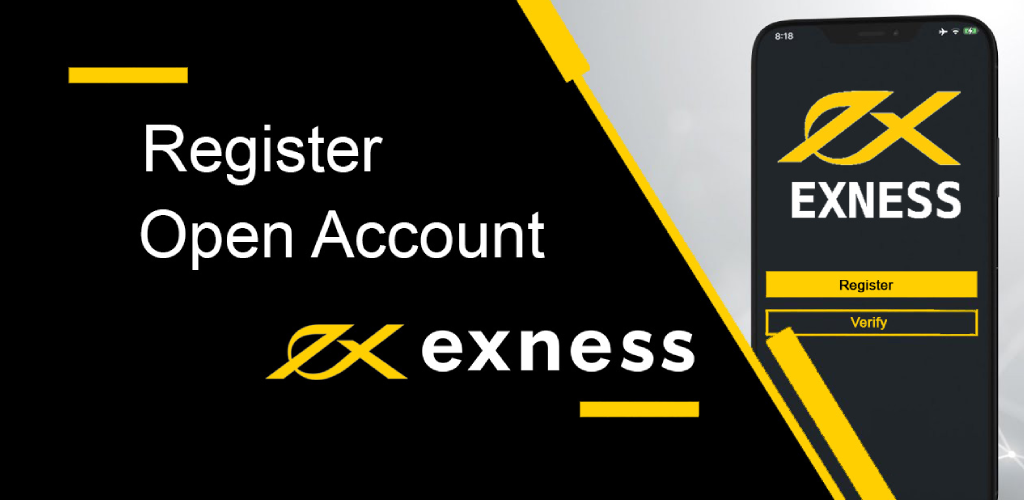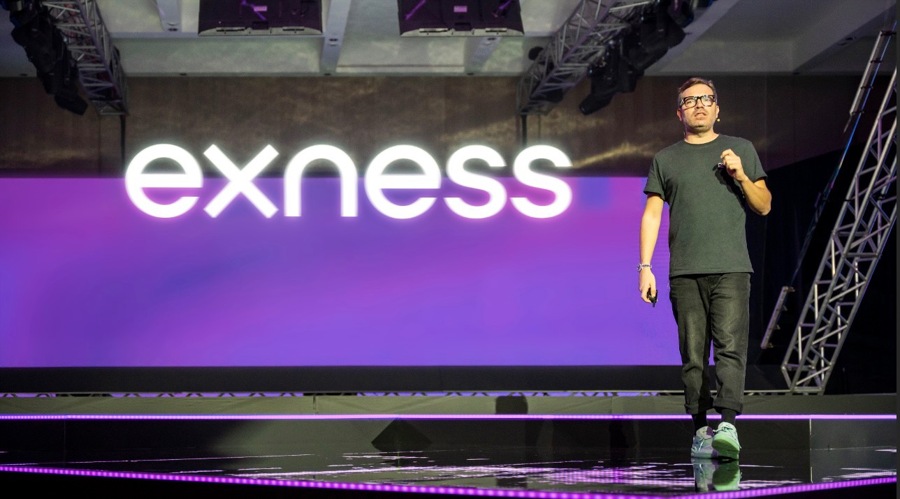Top 10 MT4 Indicators Exness 9

Top 10 MT4 Indicators Exness
If you’re looking to enhance your trading experience with top 10 mt4 indicators exness extrading-za.com, understanding the best indicators for MetaTrader 4 (MT4) is crucial. MT4 is a widely-used trading platform among forex traders, and its effectiveness is largely augmented by the use of various indicators. These indicators not only help in analyzing market conditions but also provide traders with necessary data to make informed decisions. In this article, we will discuss the top 10 MT4 indicators that can elevate your trading strategy and help you achieve better results.
1. Moving Average (MA)
The Moving Average is one of the simplest and most widely used indicators in trading. It smooths out price data over a specific period of time and helps traders identify trends. There are different types of moving averages, including Simple Moving Average (SMA) and Exponential Moving Average (EMA). Traders often use moving averages to determine potential support and resistance levels, as well as to identify crossover points for buy and sell signals.
2. Relative Strength Index (RSI)
The Relative Strength Index (RSI) is a momentum oscillator that measures the speed and change of price movements. It ranges from 0 to 100 and is typically used to identify overbought or oversold conditions in the market. A reading above 70 suggests that an asset may be overbought, while a reading below 30 indicates that it may be oversold. Traders use RSI to make entry or exit decisions, and it can be particularly useful in conjunction with other indicators.
3. Moving Average Convergence Divergence (MACD)
The Moving Average Convergence Divergence (MACD) is another popular trend-following momentum indicator. It shows the relationship between two moving averages of a security’s price. The MACD is calculated by subtracting the 26-period EMA from the 12-period EMA. Traders often look for the MACD line crossing above or below the signal line as a signal for potential buying or selling opportunities.
4. Bollinger Bands
Bollinger Bands consist of a middle band (SMA) and two outer bands (standard deviations away from the SMA). These bands expand and contract based on market volatility. When the price breaks above the upper band, it may indicate overbought conditions, while a break below the lower band may suggest oversold conditions. Bollinger Bands help traders visualize price volatility and potential reversals.
5. Stochastic Oscillator
The Stochastic Oscillator compares a particular closing price of a security to a range of its prices over a certain period. It ranges from 0 to 100 and is typically used to identify overbought and oversold conditions. Similar to the RSI, readings above 80 indicate overbought conditions, while readings below 20 indicate oversold conditions. This indicator can be beneficial when combined with other tools to confirm entry and exit points.

6. Fibonacci Retracement
Fibonacci Retracement is a powerful tool used by traders to identify potential support and resistance levels. By plotting horizontal lines at predetermined Fibonacci levels (23.6%, 38.2%, 50%, 61.8%, and 100%), traders can anticipate price reversal points. This indicator is often used in conjunction with other technical analysis tools to validate market movements and enhance trading strategies.
7. Average True Range (ATR)
The Average True Range (ATR) measures market volatility. It calculates the average range between the high and low prices over a set period. By observing the ATR, traders can make informed decisions about setting stop losses and take profit targets. Higher ATR values indicate higher volatility, allowing traders to adjust their strategies accordingly.
8. Ichimoku Cloud
The Ichimoku Cloud is a comprehensive indicator that provides insight into support and resistance levels, trend direction, and momentum. It consists of five lines that form a “cloud” on the chart. This indicator can help traders identify trends and potential entry/exit points, making it a valuable tool for traders looking to combine multiple pieces of information into a single analysis.
9. Parabolic SAR
The Parabolic Stop and Reverse (SAR) indicator is used to determine potential reversal points in price direction. It helps traders set trailing stops and is particularly useful in trending markets. The indicator appears as dots above or below the price chart, indicating whether the trend is bullish or bearish. If the dots switch from being above to below the price, it can signify a potential buy opportunity and vice versa.
10. Commodity Channel Index (CCI)
The Commodity Channel Index (CCI) is a versatile indicator that can be used to identify new trends or warn of extreme conditions. It ranges from -100 to +100 and helps traders spot potential buying and selling opportunities when the index moves beyond these levels. The CCI can be effective in both trending and ranging markets, making it a popular choice for many traders.
Conclusion
In summary, utilizing the right indicators can significantly improve your trading experience on the MT4 platform, particularly with Exness as your broker. The combination of Moving Averages, RSI, MACD, Bollinger Bands, Stochastic Oscillator, Fibonacci Retracement, ATR, Ichimoku Cloud, Parabolic SAR, and CCI can provide traders with a comprehensive toolkit to analyze the market. As with any trading strategy, it’s essential to backtest these indicators and incorporate them into a well-rounded trading plan tailored to your unique goals and risk tolerance. With practice and patience, these tools can help you enhance your trading performance and achieve consistent results.

Deixe uma resposta
Want to join the discussion?Feel free to contribute!